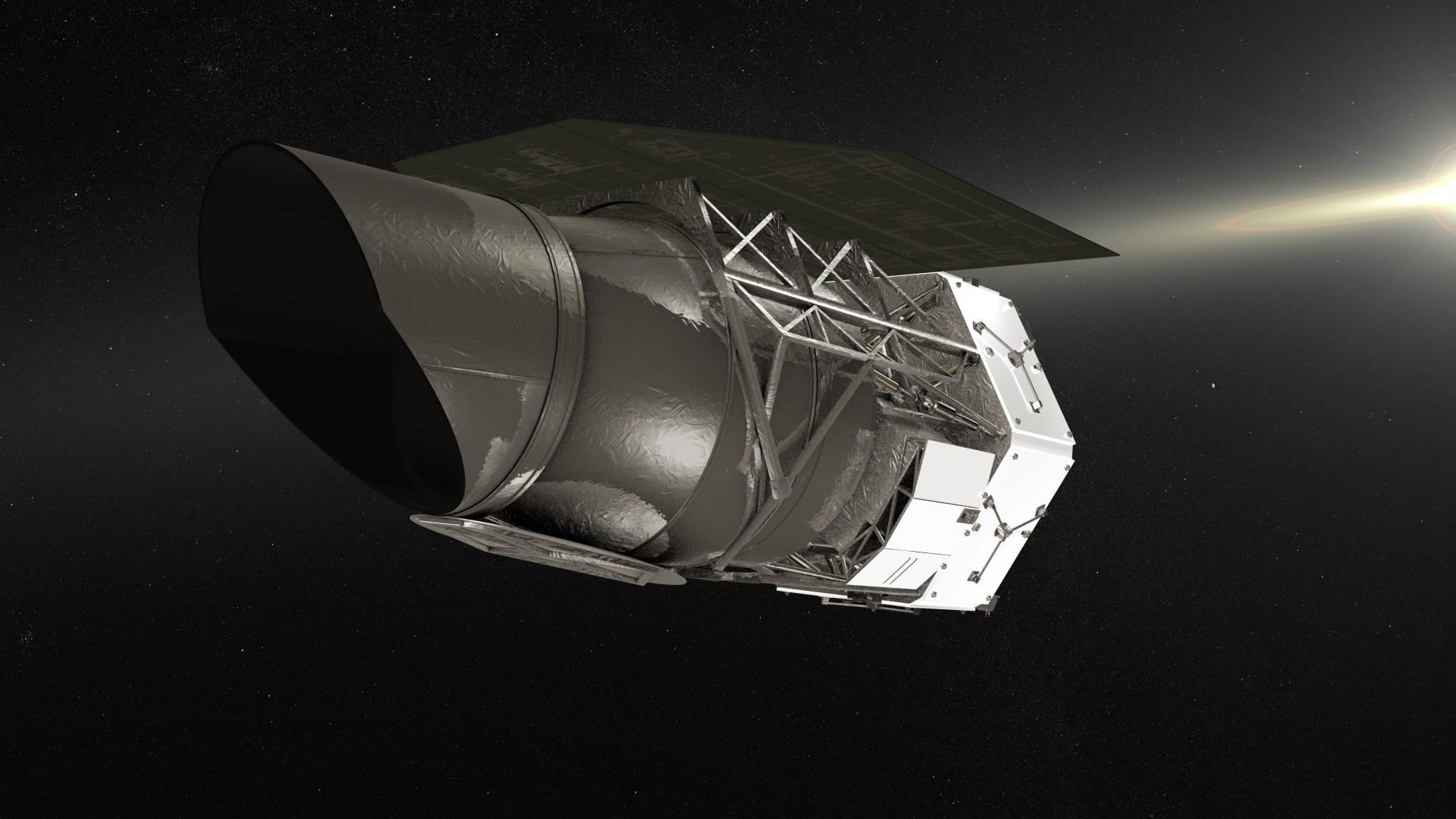Editor’s note, Sept. 29, 2023: The Wide Field Infrared Survey Telescope (WFIRST) was officially renamed the Nancy Grace Roman Space Telescope on May 20, 2020.
NASA has convened an independent, external technical, management and cost review of the Wide Field Infrared Survey Telescope (WFIRST) at the recommendation of the National Academy of Sciences (NAS). Recommended by NAS review panels in 2014 and again in 2016, this independent review is composed of leaders in space science, including senior engineers, scientists and project managers who are neither affiliated with the mission nor NASA federal employees. The panel will take a close look at WFIRST — now in phase A — ensuring its scope and cost at this early stage in the life cycle of the mission remain aligned.
“We are confident this review will provide the insight and confidence among key stakeholders necessary to move toward what promises to be an exciting science investigation bound to reshape our understanding of the universe,” said Thomas Zurbuchen, associate administrator for NASA’s Science Mission Directorate in Washington.
Selected as the top priority of the NAS 2010 Decadal Survey for Astronomy and Astrophysics, the WFIRST mission is scheduled to launch in the mid-2020s to study the evolution of the universe, dark energy and exoplanets. The recent NAS Midterm Assessment Report on NASA’s progress in implementing the decadal survey recognized the continued scientific value of the mission, finding that “WFIRST [is] an ambitious and powerful facility that will significantly advance the scientific program envisioned by [the decadal survey], from the atmospheres of planets around nearby stars to the physics of the accelerating universe.” The assessment also recognized that the risk of cost growth in the mission’s development could adversely affect the balance of NASA’s astrophysics program among small, medium and large class missions and research. The report recommended that before moving to the next phase of mission development, NASA should appoint an independent technical, management and cost review of WFIRST, including an assessment of the incremental cost of its coronagraph instrument.
Now that this independent review panel has been assembled, the panel is expected to complete its assessment and submit a report highlighting its findings and recommendations in the fall. NASA will integrate these recommendations into the design and project plan for WFIRST before advancing to the mission’s next development phase.
The panel, which might be supplemented during the conduct of the review, is comprised of the following notable leaders in the space science community, and was selected by the co-chairs of the independent review.
- Dr. Peter Michelson, Stanford University (Co-Chair, Science), Stanford, California
- Mr. Orlando Figueroa, NASA Headquarters and Goddard Space Flight Center – Retired (Co-Chair, Program), Washington
- Dr. Roger Brissenden, Smithsonian Astrophysical Observatory, Cambridge, Massachusetts
- Dr. David Charbonneau, Harvard University, Cambridge, Massachusetts
- Ms. EiIeen Dukes, Systems Engineer Consultant, Pine, Colorado
- Dr. Daniel Eisenstein, Harvard University, Cambridge, Massachusetts
- Mr. Dave Kusnierkiewicz, Applied Physics Laboratory, Laurel, Maryland
- Mr. Pete Theisinger, Jet Propulsion Laboratory – Retired, Pasadena, California
- Mr. Bill Green, Jet Propulsion Laboratory – Retired, Pasadena, California
- Dr. Lynne Hillenbrand, California Institute of Technology, Pasadena, California
- Dr. Anne Kinney, W. M. Keck Observatory, Waimea, Hawaii
- Dr. James Lloyd, Cornell University, Ithaca, New York
- Dr. Dimitri Mawet, California Institute of Technology, Pasadena, California
- Mr. Mark Saunders, NASA Headquarters – Retired, Hampton, Virginia
- Mr. Bob Bitten, Aerospace Corporation, El Segundo, California
WFIRST will be complementary to the James Webb Space Telescope, which is scheduled to launch in 2018. Once the Webb telescope launches, WFIRST is NASA’s next large space telescope under development.
For more information about NASA’s WFIRST mission, visit:




























